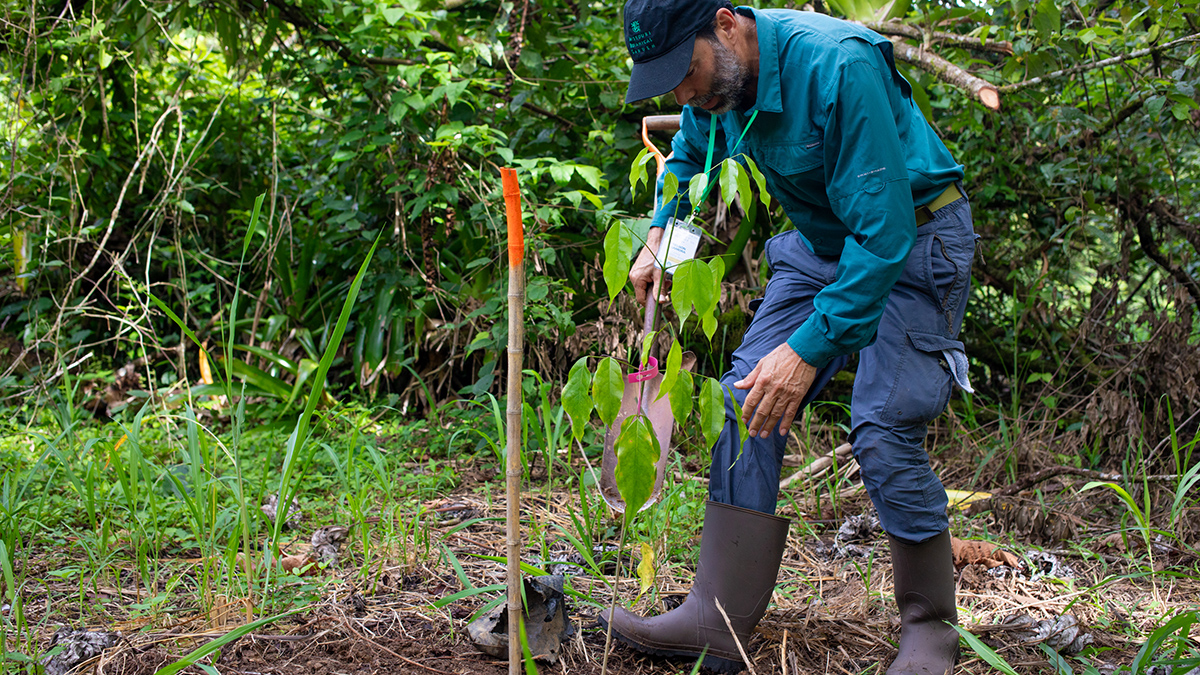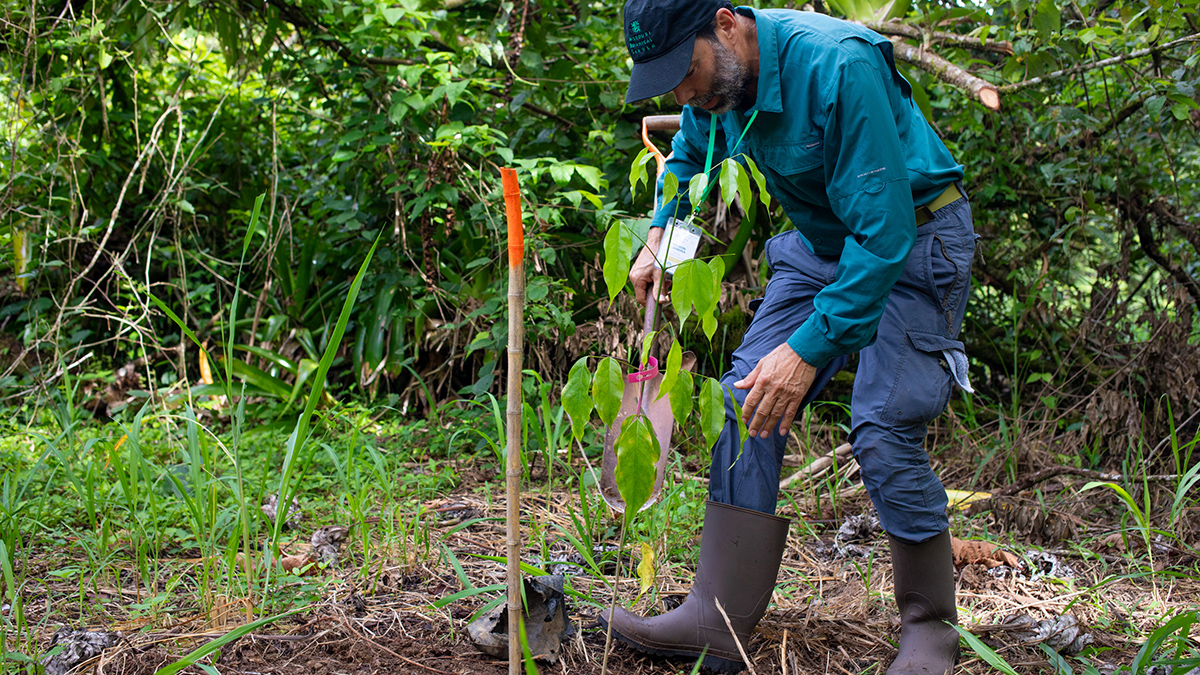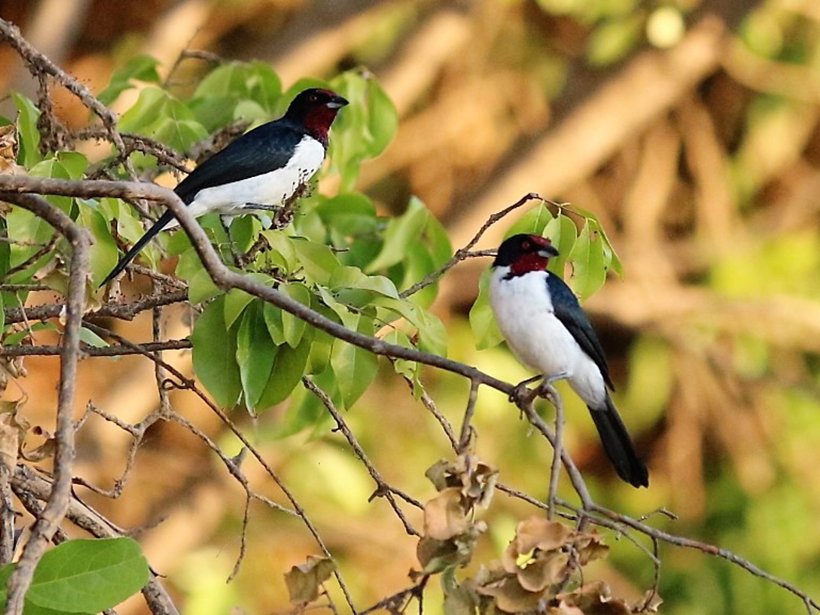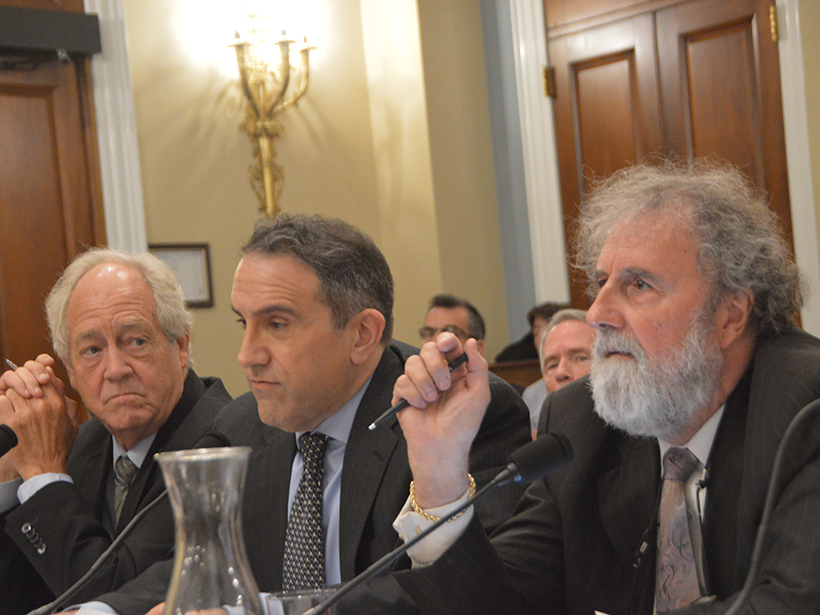El 46% de las especies arbóreas de Mesoamérica se encuentran en peligro de extinción. Investigadores esperan que un nuevo estudio regional provea información acerca de estrategias de conservación específicas.
endangered species
First Species-Level Assessment Reveals Extinction Risk in Mesoamerica
Forty-six percent of tree species in Mesoamerica are threatened with extinction. Researchers hope a new regional study will inform targeted conservation strategies.
Flash Floods May Support One of the World’s Rarest Fish
Only a few hundred Devils Hole pupfish live in an isolated pool in the desert, where occasional floodwaters roil their habitat.
Making Sense of the Great Barrier Reef’s Mysterious Green Donuts
Researchers set sail to the Great Barrier Reef to study how ring-shaped algae deposits formed and evolved, what feeds them, and the diversity of creatures that call them home.
Reevaluating Ecosystems on the Basis of Climate Change Vulnerability
Climate change elevates the risk category of ecosystems across the United States, a new study finds.
What Happens When Six Sea Turtles Go Rogue
In a study of more than 200 sea turtles, researchers were surprised by six turtles that went their own way.
Birds Are Getting Caged In at Brazil’s Savanna
Deforestation and climate change threaten life in the Cerrado. A new study shows how few places there are left to go.
Congress Hears Biodiversity Warning During a Charged Hearing
At a testy congressional hearing, leading experts confronted attacks on the science.
Scientists Examine Novel Options to Save Coral Reefs
Warming events prompt scientists to look at ecological, genetic, and engineering interventions.
Threatened Sea Turtles in Hawaii Losing Ground to Rising Oceans
By midcentury, the Hawaiian green sea turtle could lose nesting beaches of increasing importance on Oahu, the most populous island in the chain.










